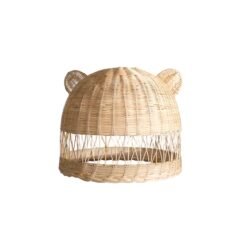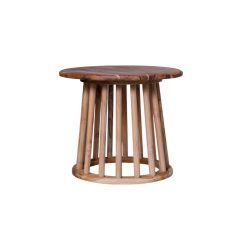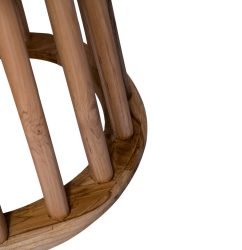Rattan furniture has become a global favorite thanks to its natural beauty, flexibility, and sustainability. However, many myths surround rattan furniture manufacturing, often misleading consumers and even business owners. In this article, we will debunk some of the most common misconceptions and set the record straight about how rattan furniture is really made.
Myth 1: Rattan Furniture is Fragile
Reality:
Many people believe rattan furniture breaks easily or cannot handle everyday use. In fact, rattan is one of the strongest natural materials available for furniture production. Its flexible yet sturdy fibers can withstand heavy loads and repeated use if properly constructed and maintained.
Myth 2: Rattan is Bad for the Environment
Reality:
Another myth is that rattan harvesting damages rainforests. Actually, rattan is a rapidly renewable resource that grows naturally in tropical regions, often supporting local communities. When harvested sustainably, rattan helps provide economic alternatives to logging and promotes forest conservation.
Myth 3: All Rattan Furniture Looks the Same
Reality:
Some think rattan furniture is outdated or limited in style. Today, designers are innovating with rattan by combining it with modern frames, contemporary shapes, and mixed materials, making it suitable for luxury hotels, minimalist homes, or even industrial-style interiors.
Myth 4: Rattan Manufacturing is Entirely Manual
Reality:
While weaving is still largely done by hand, modern rattan manufacturing also integrates technologies such as CNC machines for frame cutting, moisture-control sensors, and ERP systems for inventory management. This combination improves consistency and quality without sacrificing craftsmanship.
Myth 5: Rattan is Only for Outdoor Use
Reality:
It’s common to associate rattan furniture with patios or outdoor areas. However, rattan is equally well-suited for indoor furniture, including dining chairs, accent tables, headboards, and lounge seating. With proper finishing and care, rattan pieces can look beautiful and last for years indoors.
Myth 6: Rattan Furniture Requires High Maintenance
Reality:
Rattan is actually easy to maintain with routine cleaning and occasional touch-ups. Modern finishes and protective coatings make rattan resistant to stains and mildew, requiring minimal upkeep compared to other natural materials.
Conclusion
By separating myth from fact, it’s clear that rattan furniture manufacturing is an evolving, sustainable, and high-quality industry with a lot to offer. From its durable construction to its eco-friendly harvesting, rattan continues to be a smart choice for both traditional and modern furniture designs.





